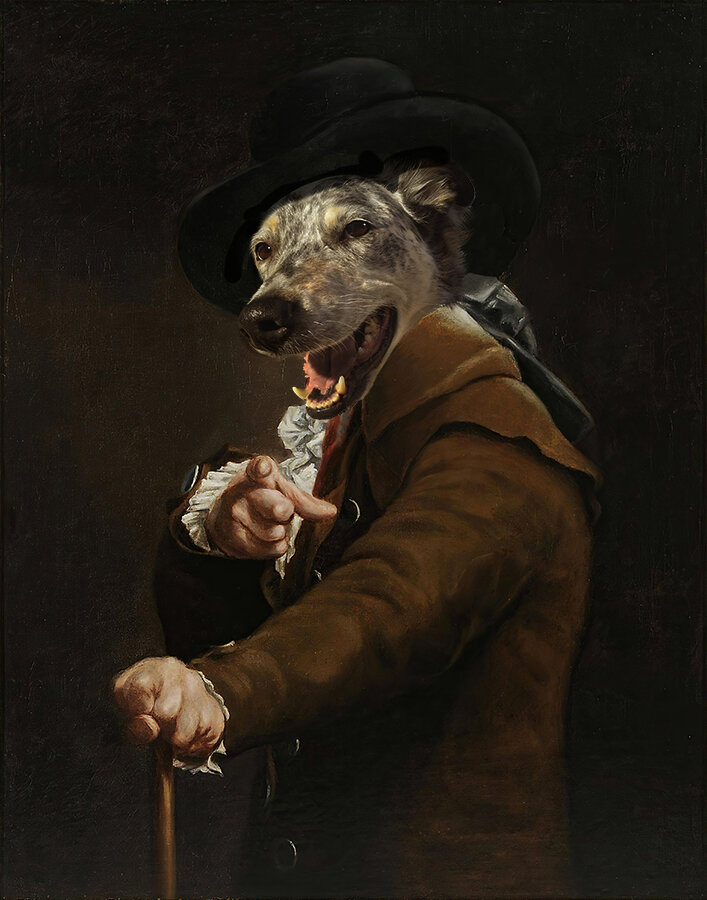This was the first species I came across and raised. While working at outdoors amusement park in Colorado I came across female one. After looking at it I left her alone but few a minutes later I came across male of the same species. I assumed they were the same species from the same black spot on inside of their arms and I knew that some insects were sexually dimorphic. So I decided to capture them. I cut the top off of two pop bottles, popped them inside them, and inverted the top back onto the base in the classic DYI wasp trap and took the home. They both had wings so I knew they were adults. I bred them and classically the male was eaten. This would be the genesis for the next set of mantises I photographed the following spring.
The species is fair sized and easy to raise. They have the classic mantis behaviors of cat-like cleaning, and ambush preying. They do have a habit of just hanging from the top of cage and do not really roam unless hungry or searching for a place to lay eggs.
They accept pretty much anything you put in their cage and will accept uncooked meat with the touch mouth method without difficulty. Best of all since they are wide spread in the US you can release them if you breed too many. They are also cheap available both from garden stores and breeders.
Photographically they are about the perfect size. Large enough to be able work with easily and not have to go beyond 1:1 while still being small enough to blur out the backgrounds. Their pseudo-pupils (black dots on their eyes) are almost always easily apparent in images. They still bend and the abdomen thorax joint after they've gotten their wings allowing them to 'pose' even at adult. They will pose for awhile but will start actively running about after 10-20 minutes of shooting.
Chinese Mantis










































